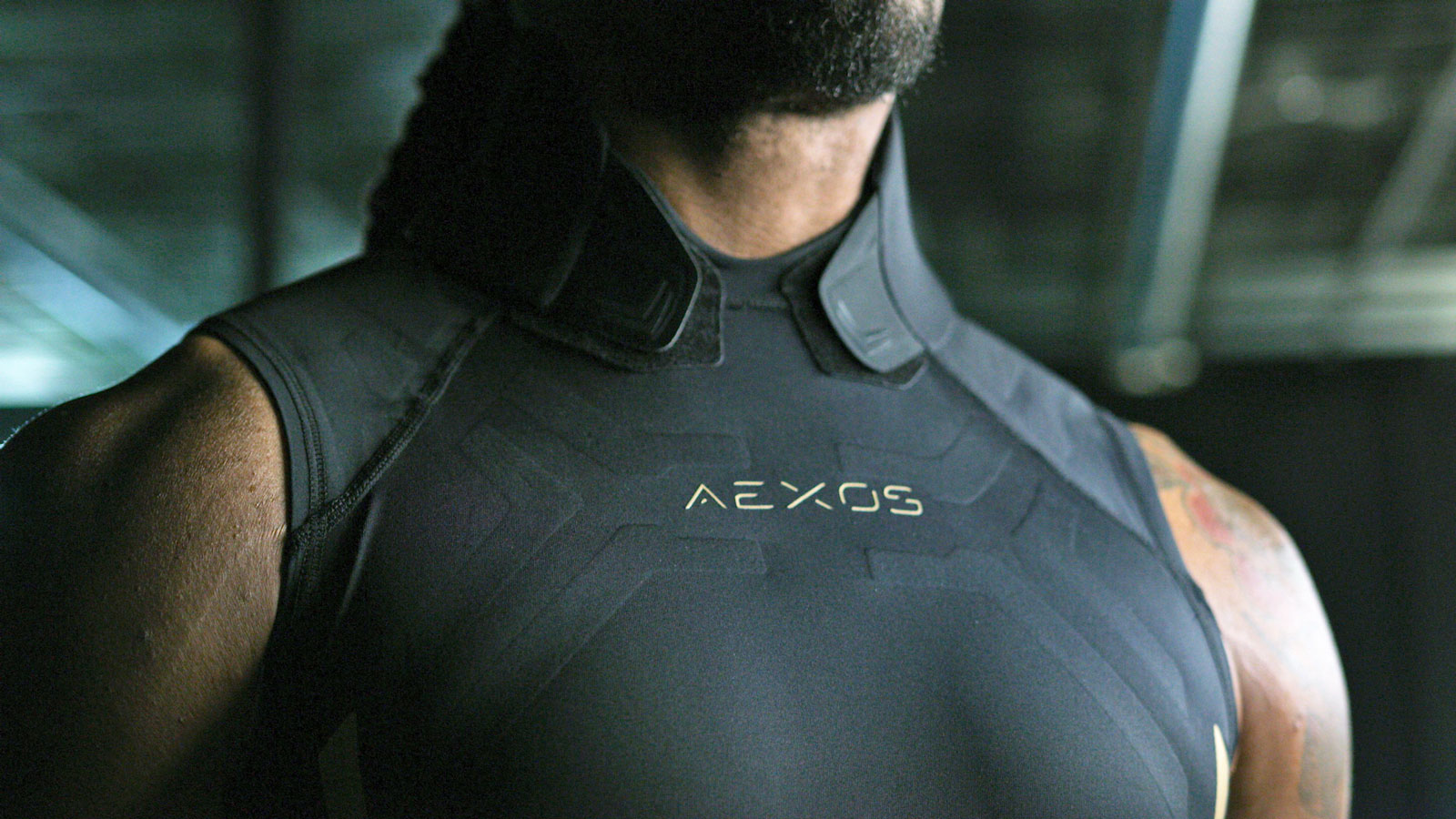
Wouldn't it be great if fitness and medical gadgets automatically knew who was wearing them? Researchers from Dartmouth have come up with a new way to provide health monitors just such an ability using a tiny electric current and a bioimpedance sensor. You see, each person's body provides a different amount of opposition to electrical current, so bioimpedance can be a unique biometric identifier. The researchers' idea is to create a bracelet that uses bioimpedance readings to recognize its wearer in a secure, unobtrusive manner and communicate that identity to other wearable devices.
Using such a bracelet, "the devices discover each other's presence, recognize that they are on the same body (and transitively learn from the wrist device whose body), develop shared secrets from which to derive encryption keys, and establish reliable and secure communications." As opposed to other biometrics or password authentication, bioimpedance readings can be taken passively, which is much more appealing than remembering passcodes or scanning fingerprints and retinas. For now, the researchers have created an eight-electrode proof-of-concept bracelet, but its accuracy leaves something to be desired -- it correctly identifies its wearer only 80 to 90 percent of the time, whereas fingerprint recognition has a failure rate of less than 1 in 1,000. So, we're a ways off from bioimpedance-based security, but research is ongoing, and you can learn all about it at the source below.
Filed under: Wearables, Science
Researchers use bioimpedance as a biometric, let health monitor devices know who you are originally appeared on Engadget on Thu, 09 Aug 2012 20:29:00 EDT. Please see our terms for use of feeds.
Permalink  Technology Review
Technology Review |
 USENIX
USENIX |
Email this |
Comments
 When it comes to high impact sports, sprains and strains are almost inevitable. The NFL has been equipping players with durable, shock-absorbent helmets for years to guard against traumatic injuries, but quick head movements often leave athletes susc...
When it comes to high impact sports, sprains and strains are almost inevitable. The NFL has been equipping players with durable, shock-absorbent helmets for years to guard against traumatic injuries, but quick head movements often leave athletes susc...
 When it comes to high impact sports, sprains and strains are almost inevitable. The NFL has been equipping players with durable, shock-absorbent helmets for years to guard against traumatic injuries, but quick head movements often leave athletes susc...
When it comes to high impact sports, sprains and strains are almost inevitable. The NFL has been equipping players with durable, shock-absorbent helmets for years to guard against traumatic injuries, but quick head movements often leave athletes susc...












